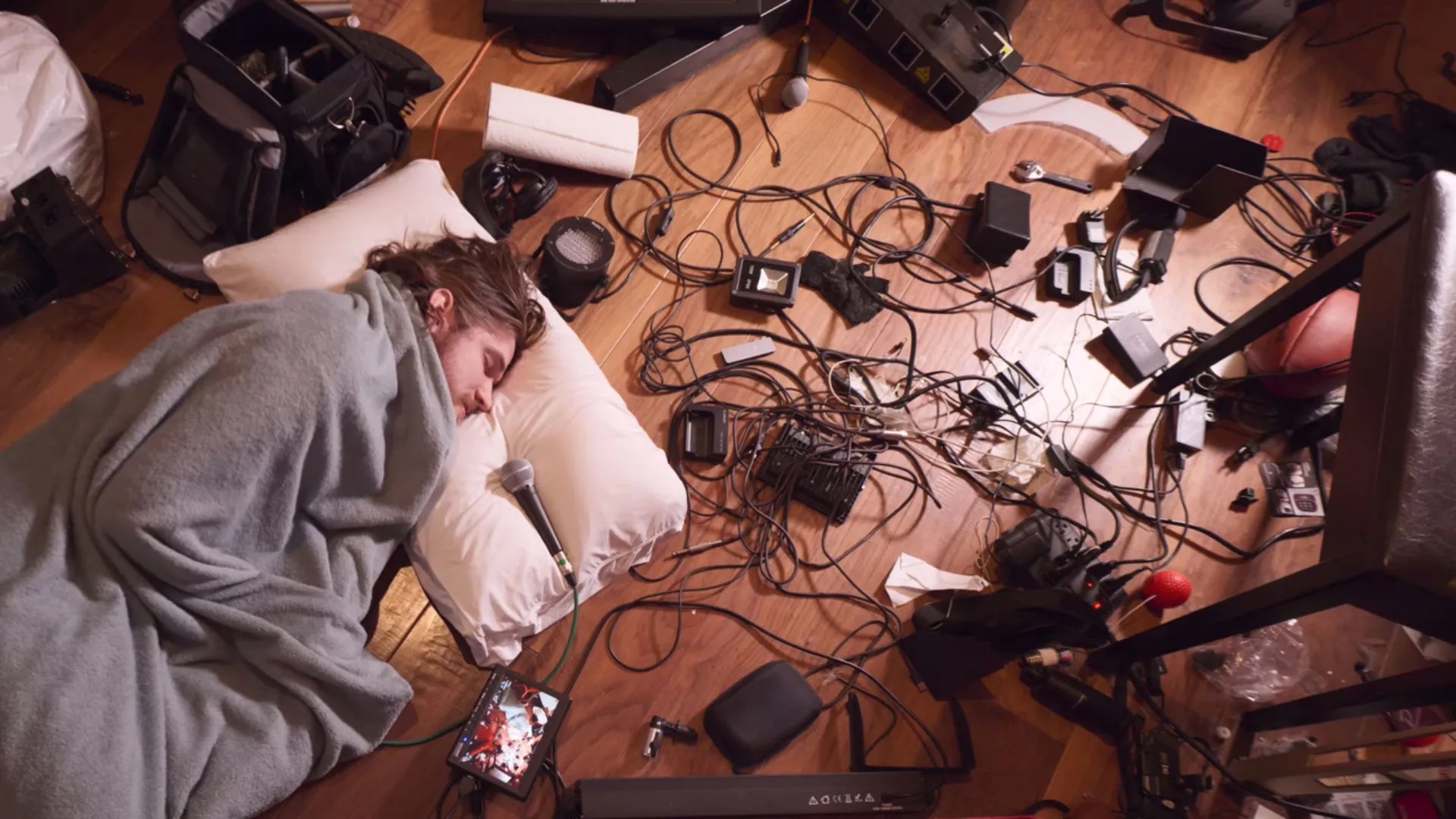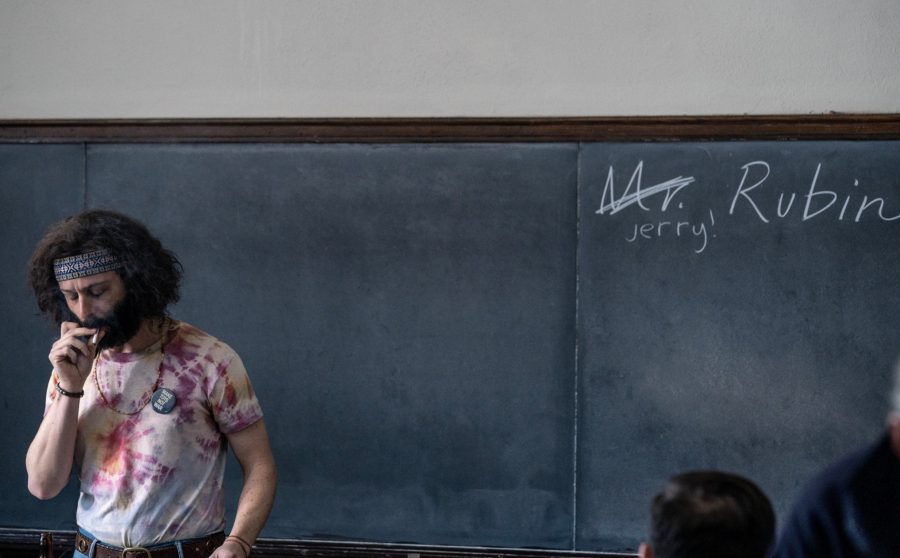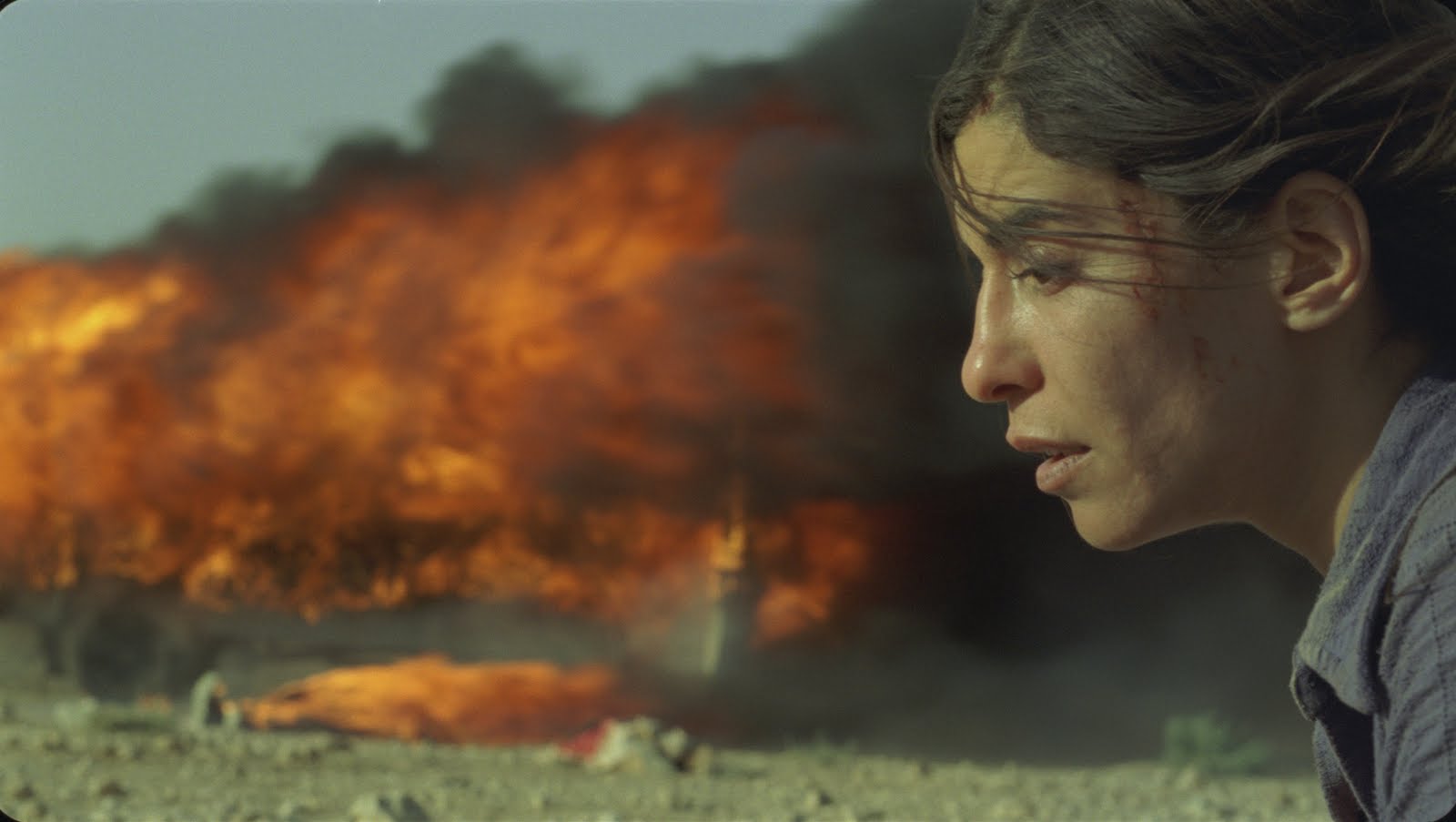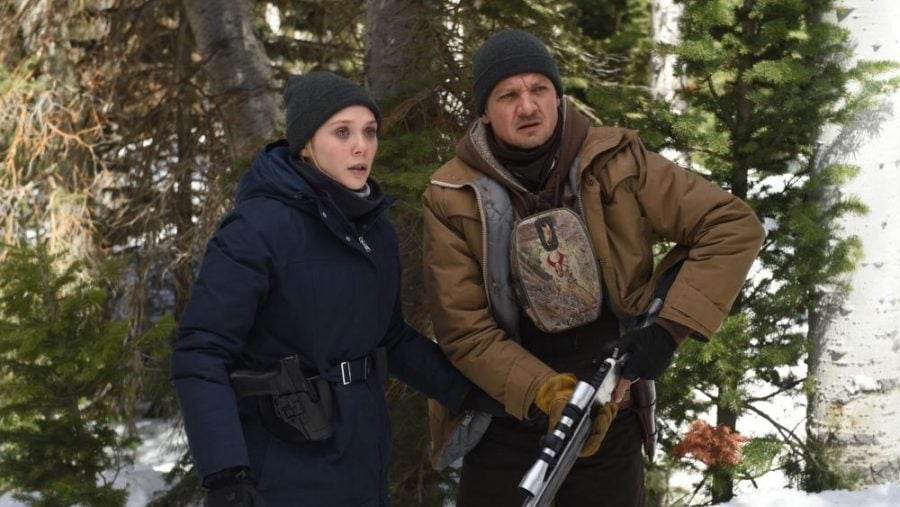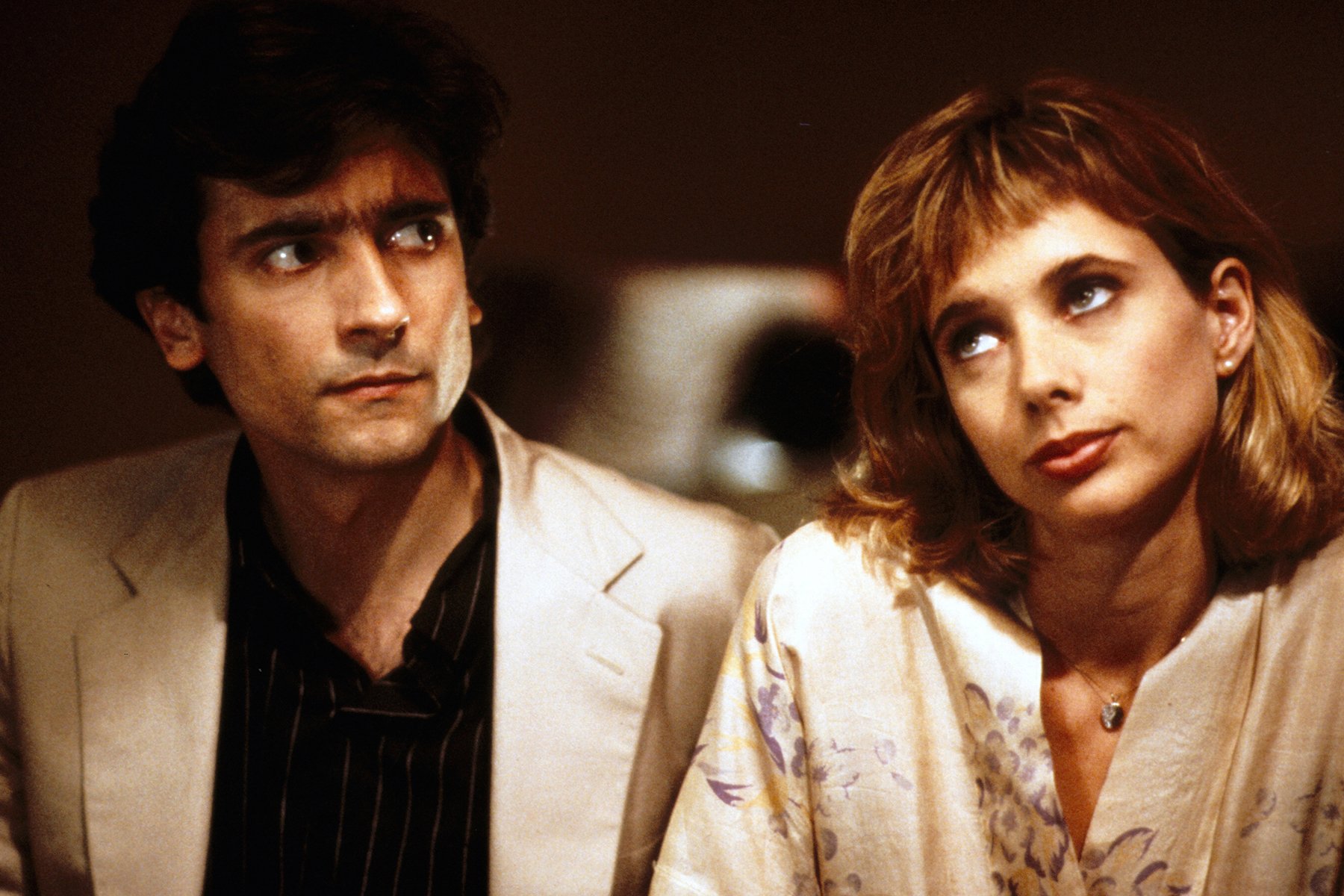
Movie
8.5
The Staff
TLDR
After Hours walked so Uncut Gems could run.
What it's about
The take
Martin Scorsese had just spent a year prepping for The Last Temptation of Christ when Paramount Pictures unceremoniously pulled the plug on the movie just one month before production was due to start. After Hours was Scorsese’s way of exorcising all that disappointment and frustration, and you can feel it: this black comedy vibrates with manic intensity as it charts a night from hell in the life of Paul (Griffin Dunne), a somewhat scuzzy yuppie living in ‘80s New York City.
In keeping with its title — which suggests the movie is suspended in temporal limbo — After Hours feels like it takes place in some mythological hellscape, a demonic underworld in which everyone Paul meets has been sent forth with the express mission to make his life more miserable. Surreal coincidences pile up, deepening his paranoia and turning his simple goal of returning home into a labyrinthine quest for survival on the deserted, rain-soaked streets of SoHo. It’s the kind of celluloid nightmare that terrorizes and thrills you at the same time (a la the Safdie brothers’ best works, which draw inspiration from After Hours). Only a director of Scorsese’s caliber could turn profound professional disappointment into such a win as this.
What stands out
Michael Ballhaus’ exhilarating cinematography is a big part of why After Hours feels like such a wild ride. His camera seems to be possessed by the same chaotic force gripping all of the film’s supporting characters, bursting forth across rooms and out of windows for seemingly no reason with grinning, fierce energy. Along with Howard Shore’s jarring score and the film’s suitably deranged ensemble cast (including Catherine O’Hara, Teri Garr, John Heard, and Cheech & Chong), Ballhaus’ work molds After Hours into a demented fever dream you paradoxically don't want to end.
Comments
Add a comment
Your nameYour comment
UP NEXT
UP NEXT
UP NEXT
Curated by humans, not algorithms.

© 2024 agoodmovietowatch, all rights reserved.


